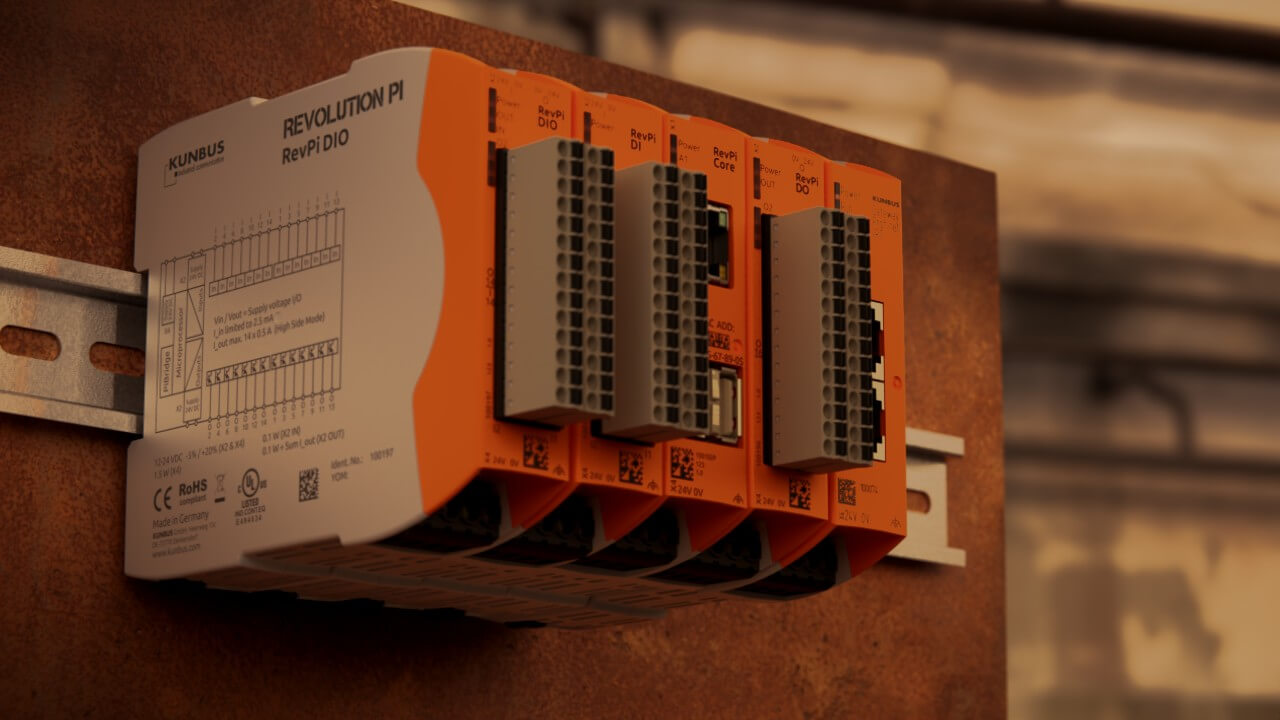The history of Revolution Pi
How it all began with an idea
From the very beginning, we were fascinated by the openness, compact size and flexibility of the Raspberry Pi. It opens up countless possibilities for users, which can be implemented quickly with little effort. Then there is the feeling of togetherness. In countless forums all over the world, developers exchange ideas, develop solutions and, with their commitment, continue to increase the popularity and success of the single-board computer.
This is exactly what we wanted to transfer to the industrial sector. Since hardly anyone talked about open source at the time, our project was considered quite exotic, if not revolutionary. Bingo, there it was, our brand name – Revolution Pi. Revolutionary was not only the idea of disclosing the software and hardware, but also the development time: Within only 12 months we were able to present the first prototype, which was to go into series production shortly thereafter.
At the same time, we launched our community forum in order to listen to the RevPi users from the beginning and to incorporate their feedback into the further development of the Revolution Pi modules.

Making its debut at sps ipc drives 2016
The first test was the sps ipc drives 2016 in Nuremberg. To be honest, there were many positive voices as well as critical ones. Since the Compute Module was rather unknown and many thought we had simply packed a “classic” Raspberry Pi into a top-hat rail housing, some laughed at our solution as tinkering stuff.
But we didn’t let that put us off. On the contrary, we pursued our path even more consistently and are still doing so today. With growing popularity, it became clear to us that we had hit a nerve and we decided to establish and expand Revolution Pi as an important part of our product portfolio. By now, a large number of basic and expansion modules are available for the Revolution Pi, our devices are requested worldwide and we work in partnership with OEMs and develop products for them based on RevPi.














